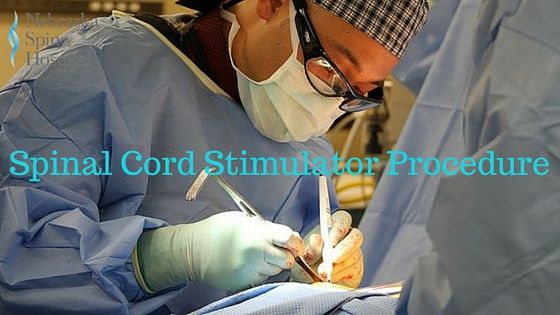Spinal cord stimulator implantation is not for everyone. As stated in the article What Do Spinal Cord Stimulators Do there are certain conditions it can help with but not everyone will benefit. Do determine if it is right for you there are two steps to the procedure.
First Step – SCS Trial
You doctor is going to have you do a trial run to determine if a Spinal Cord Stimulator Procedure will help with your pain. This means a temporary electrode is going to be inserted through the skin, or percutaneously. This will be a trial run.
The patient is given a stimulator that they can operate and control. The trial length can vary but is often about a week. If this spinal cord stimulator trial works for you then you will go on to step two which is having a permanent stimulator put in place.
Second Step – Permanent Placement
When the permanent spinal cord stimulator is put in place the patient is typically given a sedative and a local anesthetic is used. It is an outpatient procedure. The leads, which are small coated wires, are inserted under the skin as is the stimulator itself.
The leads are places so that they connect to nerves or they are placed in the spinal canal. Once everything is in place your doctor works with you to determine the best pulse strength for you. You will be thoroughly instructed on how to use the stimulator.
After The Procedure
You will need to take care of the small incision as you would any other small would. Keep it clean and dry. Be prepared for a tingling sensation when the electrical nerve stimulation is taking place. Your doctor will help you determine a schedule that is best for you but many patients use it 3 – 4 times a day for 1 -2 hours.
After this outpatient procedure is complete, you and your doctor determine the best pulse strength. You are then told how to use the stimulator at home. A typical schedule for spinal cord stimulation is to use it for 1 or 2 hours, 3 or 4 times a day.
Call Your Doctor
Here is a list of risks to look for. If you experience any of these, or think something is wrong, call your doctor. Do not have an MRI once you have this procedure done. Risks to watch for after a spinal cord stimulator procedure :
- Electrode breakage and/or failing hardware
- Pain that goes beyond the reach of the stimulator
- Leakage of spinal fluid
- Infection
- Bladder problems
- Less effective as time goes on
- Headaches










